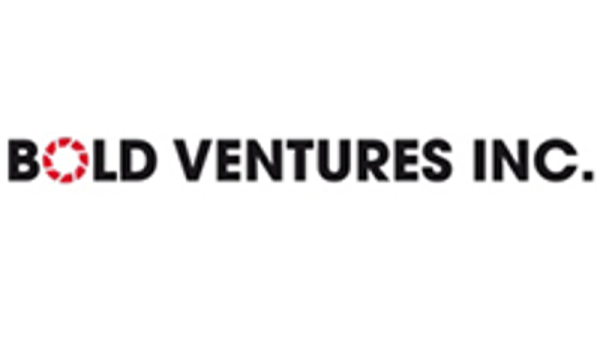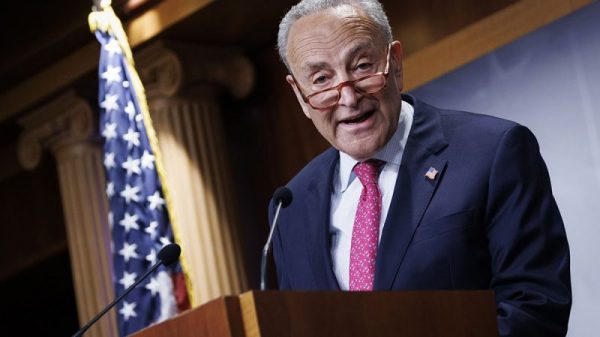After a 2022 that saw lithium prices soar, the battery metal came crashing back down last year.
Support for the industry and for electric vehicles (EVs) remains strong in the long term as global leaders strive to reduce emissions, but what does today’s low price environment mean for the lithium market now?
How did lithium perform in 2023?
While lithium demand was significant in 2023, growth fell year-on-year as an economic slowdown affected EV demand, particularly in China. Additionally, the market entered oversupply as capacity came online at an accelerated pace. According to the US Geological Survey, global output came in at 180,000 metric tons (MT) of contained lithium last year.
Data supplied by Benchmark Mineral Intelligence shows that the global weighted average lithium carbonate price was sitting at US$70,957 per MT on January 11 of last year; however, by May 3, it had fallen 50 percent to US$35,333.
Lithium carbonate rebounded slightly in May and stayed above US$40,000 through July, but its fall resumed in August. By December 13, Benchmark data shows it had hit US$17,265. Lithium hydroxide prices saw a similar fate.
Global EV sales rose by 31 percent over the prior year in 2023, according to Rho Motion, but this was below expectations. As a result, many lithium-ion battery manufacturers had adequate stock, allowing them to switch from buying lithium in large orders to purchasing it as needed from the spot market to take advantage of steadily falling prices.
“For projects in construction, we have heard reports of a slowdown and delays, whilst some projects in planning are finding it more difficult to obtain investment,” Megginson said.
What is the lithium supply and demand forecast for 2024?
Coming into 2024, some lithium miners have responded to market conditions by reducing production guidance or delaying expansion plans. Fastmarkets projected in late January that global lithium supply will increase by a further 30 percent in 2024, although the firm said this could end up lower if more companies pull production.
One region increasing its production significantly is Africa. Research and Markets projects that by 2030, Africa’s lithium output will make up almost 25 percent of global production. Zimbabwe will contribute about 40 percent of that total.
Zimbabwe ramped up its production and processing last year after a ban on raw lithium exports took effect. The country saw its output increase 280 percent year-on-year from commercial production alone, according to the US Geological Survey, but it also has several pilot projects that will contribute significantly to the country’s output in 2024.
In North America, Canada hosts several promising high-grade projects that may eventually contribute production to western supply chains, such as Patriot Battery Metals’ (TSXV:PMET,OTCQX:PMETF) Corvette project in Québec’s James Bay-Eeyou Istchee region, which is moving to permitting. Additionally, Canadian lithium and technology company E3 Lithium (TSXV:ETL,OTCQX:EEMMF) is working to bring production online from a different source: Alberta’s vast oilfields. Its proprietary direct lithium extraction technology was tested successfully in a pilot plant last year.
Although the lithium market’s long-term fundamentals remain strong, low prices are still a cause for concern, especially for companies that weren’t accounting for the plunge. Reflecting on how these low prices could affect companies in the sector, Megginson said, “A consistently lower price environment than 2022 may also pause some of the more costly, marginal sources of supply and eliminate the more costly planned projects predicated on elevated prevailing prices.’
This has already been seen to some extent in the industry, as companies pare back production or cut back expansion plans. In Australia, Core Lithium’s (ASX:CXO,OTC Pink:CXOXF) Finniss operation, which came online in 2023, has already suspended mining, instead processing stockpiles until prices improve. Additionally, operations like the country’s large Greenbushes mine have lowered production guidance for 2024.
On the positive side, Martin Jackson, head of battery raw materials with CRU Group, believes the low prices should help improve demand. “Significantly lower raw material prices will support demand growth and will have positive feedback for the midstream,” he said. “Mines with poor feasibility will come under pressure, however.”
What is the outlook for lithium prices in 2024?
“Prices … are going into the cost curve now, so we do expect some producer cutbacks that should help rebalance the market,” Fastmarkets’ Adams explained via email in December. “Also, when prices are falling consumers tend to destock, so when prices stop falling, you often see a knee-jerk reaction as consumers start to restock and end up chasing the market higher for a while as they compete for material. … So we expect a bounce off the lows, which could be sharp, but short-lived, which is then likely to be followed by consolidation.”
Fastmarkets expects further volatility this year. “We expect prices to average around current levels (in 2024), although we expect another year of volatility, albeit not as extreme as we have seen in 2022/2023,’ Adams said.
Sharing CRU’s projections, Jackson gave a price range for lithium carbonate.
“CRU expects carbonate prices to remain between US$10,000 to US$15,000, with hydroxide trading at a US$500 to US$1,000 discount,” he noted. “If prices continue to fall sharply, we could see some significant closures, which may be enough to plunge the market back into deficit, adding support to higher prices.”
As for Benchmark, Megginson said the firm sees a relatively balanced market in 2024 and thus expects pricing to stay in its current range. “Of course, rapidly shifting sentiment in China is nearly impossible to predict, so there is always the possibility of a short-term rally. But personally, I think supply/demand fundamentals point to lithium chemicals prices staying in the US$15 to $20 per kilogram range, although I am not in the business of predicting prices,” he said.
‘… I think consistently lower spot prices than contract prices during 2023 may push participants to acquire a larger share of material on the spot market than under contract in 2024, so spot markets may be more active in 2024.’
What factors will move the lithium market in 2024?
EVs are the primary driver of lithium demand, making the lithium market strongly dependent on EV sentiment and sales. Last year, high interest rates made large purchases less accessible for many consumers.
“Given the interest rate environment, (demand) has held up well, and as interest pulls back in 2024, demand should get another fillip,” Adams noted. As of mid-February, economists are predicting that the US Federal Reserve won’t cut interest rates until at least June. A similar timeline is expected for Canada, but Australia may cut rates earlier.
The US Inflation Reduction Act, which includes funding and incentives geared at helping companies involved in the clean energy transition build a domestic supply chain, has been a major driver for lithium companies in North America. Last September, S&P Global released a study that found the act has accelerated demand for critical metals, and projections for lithium demand in 2035 are 15 percent higher than they were before its introduction.
“Some of the more marginal projects predicated on elevated prevailing prices are likely to drop out of the market,” Megginson said. “That being said, political and regulatory support for localizing supply chains in both Europe and especially North America is still robust. So while the direction is still there, the more bearish price environment will slow the pace.”
The lithium-ion battery and EV markets are still largely dominated by China, and exports of Chinese EVs increased 12 percent last year. In recent months, both the US and EU have made moves to protect domestic markets.
In early December, the Biden administration released updated guidance for tax credits on EV purchases. For a vehicle to qualify for the full US$7,500 in credits, 60 percent of the battery’s components must have been manufactured or assembled in North America, and none can have been made in China, Russia, Iran or North Korea.
Additionally, 50 percent of the value from the critical minerals in the battery must have been extracted or refined in the US or a nation with which it has a free trade agreement. Starting in 2025, none of the minerals can be from China, Russia, Iran or North Korea either. While the strict guidelines leave many EVs on the sidelines right now, market watchers believe they should drive investment in the domestic supply chain.
‘(Benchmark expects) to see more offtake agreements snapped up, even at projects that are still under construction as project developers try to derisk their projects and buyers try to secure supply,’ Megginson said. ‘We expect to see accelerating efforts to produce and procure Inflation Reduction Act-compliant material.’
For its part, the EU has announced a one year investigation on subsidies from the Chinese government for its carmakers. The EU’s legal notice on the topic states, “Those subsidies have allowed the subsidized imports to rapidly increase their market share in the EU to the detriment of the Union industry.”
One other factor that could strongly effect the lithium industry is the result of the US election, which will take place in November. The New York Times reports that there are growing concerns that a Republican victory would mean that many of the current supports could be rolled back, and Republican frontrunner Donald Trump has repeatedly voiced his dislike of the Inflation Reduction Act and EVs.
Securities Disclosure: I, Lauren Kelly, hold no direct investment interest in any company mentioned in this article.

































